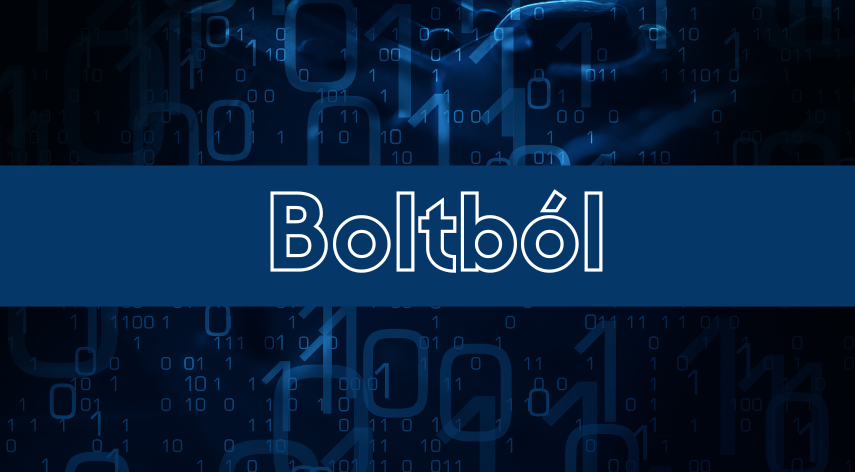The Role of Content Moderation Services in Online Safety

Form Description: Content moderation services to uphold online safety ✓Safety risks caused by user-generated content ✓Types of content moderation solutions for online safety
More people are online now than ever. They utilize the internet not only for entertainment or forging connections but also as an avenue for education, business, dating, and more. With the increasing internet usage, maintaining online safety is a paramount concern.
What is online safety?
Online safety goes beyond safeguarding the digital environment against cyber threats, It also involves protecting user privacy, preventing identity theft, and ensuring a secure and respectful online community. These actions require the effective use of content moderation services.
Basics of Content Moderation
Content moderation is more than just removing harmful content. Whether through manual or automated moderation, it encompasses enforcing policies and guidelines governing user behavior and content standards.
Content moderation as a service varies depending on the type of user-generated being monitored. Here are the most common types of content moderation solutions for online safety:
-
Text and Chat Moderation
It involves reviewing textual content such as comments, posts, and messages for violations of community guidelines, including hate speech, harassment, and inappropriate language.
-
Image and Video Moderation
It includes reviewing and removing photos, videos, and other visual materials depicting graphic violence, nudity, explicit content, and copyright violations.
-
Profile Moderation
Profile moderation services involve verifying user identities and detecting fake or fraudulent accounts to ensure compliance with platform policies and community guidelines.
Beware: Digital Dangers
The vast digital freedom that allowed for massive volumes of UGC online has birthed digital hurdles, such as the following:
-
Misinformation
Misinformation disrupts online safety by eroding trust in reliable sources of information. Individuals exposed to false or misleading content may become skeptical of accurate sources, including news outlets, experts, and official websites. Malicious persons can also use misinformation to sow false beliefs, exacerbate social divisions, and damage online reputation.
-
Hate Speech
Online communities provide a space for users to share their thoughts anonymously. While this anonymity protects user privacy, some people use it to spread hate speech, targeting users from another race, religion, and sexual orientation, among others.
Hate speech does not only inflict psychological harm and perpetuate discrimination, but it also undermines the principles of inclusivity and respect.
-
Violence
The internet serves as a window to the world. While it can reflect the positive, it can also mirror the negative, like real-world violence. Exposure to graphic violence, such as videos depicting acts of terrorism, accidents, or other disturbing events, can traumatize viewers and desensitize online users to human suffering.
-
Online Harassment
Cyberbullying, harassment, and abuse have become pervasive in online spaces. These actions, including derogatory comments, malicious rumors, and targeted harassment campaigns, can inflict emotional distress and psychological trauma on victims.
-
Cyber Threats
People can also use the anonymity of the internet to threaten others. Malicious behaviors, such as physical harm, stalking, or publishing private and sensitive information online, pose a direct threat to user safety and well-being. It causes psychological distress and increases aggression among users due to retaliation or counter-threats.
Content Moderation Solutions to Solve Digital Problems
Content moderation services maintain the safety and conduciveness of online communities by addressing digital risks through the following actions:
-
Removing Harmful Content
Content moderation companies often combine human expertise and artificial intelligence (AI) tools to identify and remove harmful content, such as misinformation, hate speech, and violence, among others. These moderation techniques entail keyword filters and image recognition algorithms that proactively detect and remove inappropriate UGCs like text, image, and video.
-
Enforcing Platform Policies
Content moderation also enforces policies and guidelines governing user behavior and content standards. Digital platforms can create a safer and more respectful online environment by clearly defining acceptable conduct and content.
Depending on the content the platform caters to, content moderation solutions can be customized to fit industry-specific needs. For instance, in online dating, profile moderation solutions are essential to ensure all profiles are real, active, and compliant with community guidelines. It combats the prevalence of fake accounts and identity theft.
-
Promoting User Participation
Besides removing harmful posts, content moderation also involves suspending or banning offending accounts to curb online threats that are detrimental to users.
Furthermore, content moderation services also facilitate community-driven moderation processes through reporting and feedback systems. These mechanisms allow users to report unwanted content and help platforms act against perpetrators.
-
Enhancing User Privacy and Security
Content moderation also addresses user privacy and security concerns. Moderation solutions help detect and mitigate threats of exposing private information, phishing attempts, and other forms of online exploitation. Implementing robust security measures and educating users about best practices for online safety can help platforms reduce the risk of personal harm and protect user privacy.
-
Showing Accountability and Respect
Content moderation fosters a culture of accountability and respect within online communities. Holding users accountable for their actions and encouraging constructive dialogues can lead to a more positive and inclusive online environment.
Maintaining Online Safety with Content Moderation Services
Content moderation services and solutions are indispensable tools for maintaining online safety. By combining human expertise and automated tools, they prevent the spread of misinformation, hate speech, graphic violence, and threats.
While digital platforms’ content moderation strategies carry the bulk of responsibility, users should also help uphold online safety. They should learn how content moderation works and actively engage in the moderation process by self-regulating and participating in reporting harmful content or malicious individuals.




